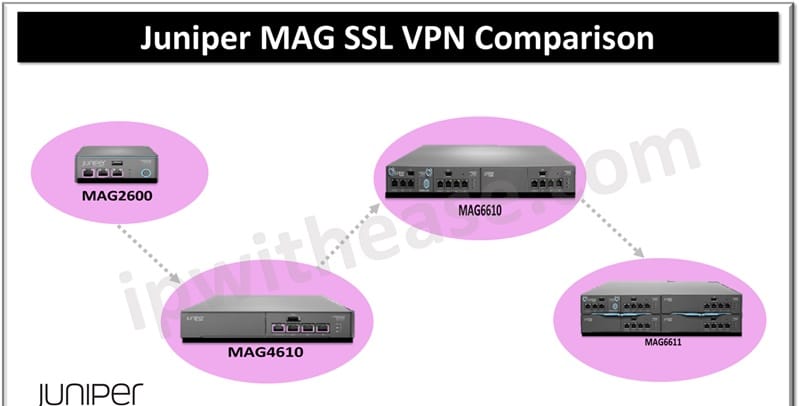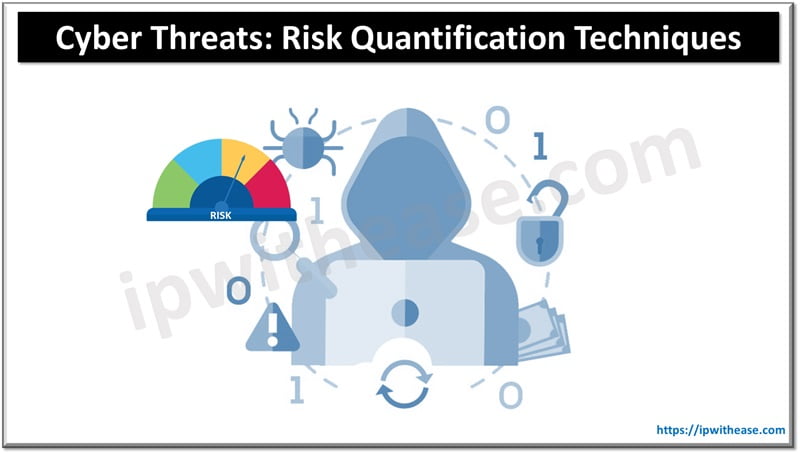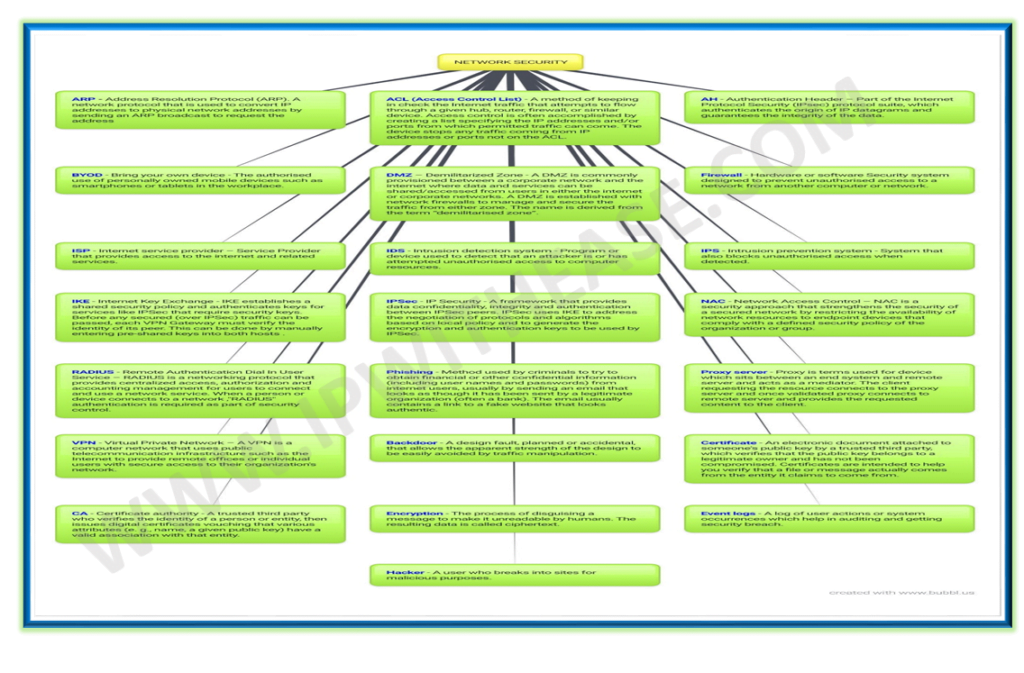Table of Contents
GRE is a tunneling protocol that encapsulates various network layer protocols, but it lacks encryption. On the other hand, IPSec is a suite of protocols that provides secure, encrypted communication over IP networks. In this blog, we will discuss the difference between them in detail. Before that lets explore the the both types of protocols in brief.
What is GRE?
Generic Routing Encapsulation (GRE) is a protocol that encapsulates packets in order to route other protocols over IP networks. GRE is defined by RFC 2784.
Generic Routing Encapsulation, defined by RFC 2784, is a simple IP packet encapsulation protocol. GRE is used when IP packets need to be sent from one network to another, without being parsed or treated like IP packets by any intervening routers. It works by encapsulating a payload, that is, an inner packet that needs to be delivered to a destination network – inside an outer IP packet. GRE tunnel endpoints send payloads through GRE tunnels by routing encapsulated packets through intervening IP networks.
In contrast to IP-to-IP tunneling, GRE tunneling can transport multicast and IPv6 traffic between networks.
Advantages of GRE tunnels
- GRE tunnels encase multiple protocols (IPX) over a single-protocol backbone.
- GRE tunnels provide workarounds for networks with limited hops.
- GRE tunnels connect discontinuous sub-networks.
- GRE tunnels allow VPNs across wide area networks (WANs).
Related – GRE over IPsec vs IPsec over GRE
What is IPSec?
The IP Security (IPsec) Encapsulating Security Payload (ESP), defined by RFC 2406, also encapsulates IP packets. However, it does so for a different reason: To secure the encapsulated payload using encryption. IPsec ESP is used when IP packets need to be exchanged between two systems while being protected against eavesdropping or modification along the way.
The IP Security (IPsec) Protocol is a standards-based method of providing privacy, integrity, and authenticity to information transferred across IP networks. IPsec provides IP network-layer encryption. IPsec lengthens the IP packet by adding at least one IP header (tunnel mode). The added header(s) varies in length depending the IPsec configuration mode but they do not exceed ~58 bytes (Encapsulating Security Payload i.e. ESP and ESP Authentication i.e. ESPauth) per packet.
Modes of IPsec
IPsec has two modes, tunnel mode and transport mode.
Tunnel Mode
Tunnel mode is the default mode. With tunnel mode, the entire original IP packet is protected (encrypted, authenticated, or both) and encapsulated by the IPsec headers and trailers. Then a new IP header is prepended to the packet, specifying the IPsec endpoints (peers) as the source and destination. Tunnel mode can be used with any unicast IP traffic and must be used if IPsec is protecting traffic from hosts behind the IPsec peers.
For example, tunnel mode is used with Virtual Private Networks (VPNs) where hosts on one protected network send packets to hosts on a different protected network via a pair of IPsec peers. With VPNs, the IPsec “tunnel” protects the IP traffic between hosts by encrypting this traffic between the IPsec peer routers.
Transport Mode
In Transparent mode (configured with the subcommand, mode transport, on the transform definition), only the payload of the original IP packet is protected (encrypted, authenticated, or both). The payload is encapsulated by the IPsec headers and trailers. The original IP headers remain intact, except that the IP protocol field is changed to be ESP (50), and the original protocol value is saved in the IPsec trailer to be restored when the packet is decrypted.
Transport mode is used only when the IP traffic to be protected is between the IPsec peers themselves, the source and destination IP addresses on the packet are the same as the IPsec peer addresses. Normally IPsec transport mode is only used when another tunnelling protocol (like GRE) is used to first encapsulate the IP data packet, then IPsec is used to protect the GRE tunnel packets.
GRE vs IPSec : Comparison Table
A table below details on how GRE and IPSec differ in their approach and parameters though both are leveraged for used for point to point communication across locations.
| PARAMETER | GRE | IPSEC |
|---|---|---|
| Full Form | Generic Routing Encapsulation | IP Security |
| Purpose | GRE is a protocol that encapsulates packets in order to route other protocols over IP networks. | The IP Security (IPsec) Protocol is a standards-based method of providing privacy, integrity, and authenticity to information transferred across IP networks. |
| Usage | GRE is used when IP packets need to be sent from one network to another, without being parsed or treated like IP packets by any intervening routers. | IPsec ESP is used when IP packets need to be exchanged between two systems while being protected against eavesdropping or modification along the way. |
| Modes | Single mode – GRE Tunnel | Two Modes – Tunnel Mode and Transport Mode |
| Privacy, integrity and authenticity of information | Not Supported | Supported |
| Encapsulation | Encapsulation of Payload | Tunnel Mode – Entire packet is encapsulated Transport Mode – Only payload is protected. |
| Standard | GRE is defined in RFC 2784 standard | IPSEC ESP is defined in RFC2406 |
| Protocol & Port | GRE use IP Protocol number 47 | IPSec uses ESP (IP protocol number 50) and AH (IP Protocol number 51). In addition IPSec uses IKE for negotiations (UDP Port number 500). |
| IP Header | 4 Bytes additional IP Header | Additional bytes not used. |
| Multicast , Routing Protocol and Routed protocol support | Supported | Not Supported |
| Simplicity | Simpler and faster | Complex |
Download the comparison table: gre vs ipsec
Related- IPSEC vs SSL
Related FAQs
Can we use GRE and IPSec together?
Yes, GRE is often combined with IPSec to provide both multiprotocol support (via GRE) and encryption (via IPSec).
Which is more secure, GRE or IPSec?
IPSec is more secure as it provides authentication, encryption, and integrity; GRE does not provide any security features on its own.
When should I use GRE over IPSec?
Use GRE when you need to tunnel non-IP protocols or support multicast traffic that IPSec alone doesn’t handle.
Does GRE encrypt the data it tunnels?
No, GRE does not encrypt data; it only encapsulates it for tunneling.
What is the overhead difference between GRE and IPSec?
GRE adds less overhead compared to IPSec, but combining both increases overall header size due to dual encapsulation.
ABOUT THE AUTHOR

You can learn more about her on her linkedin profile – Rashmi Bhardwaj



